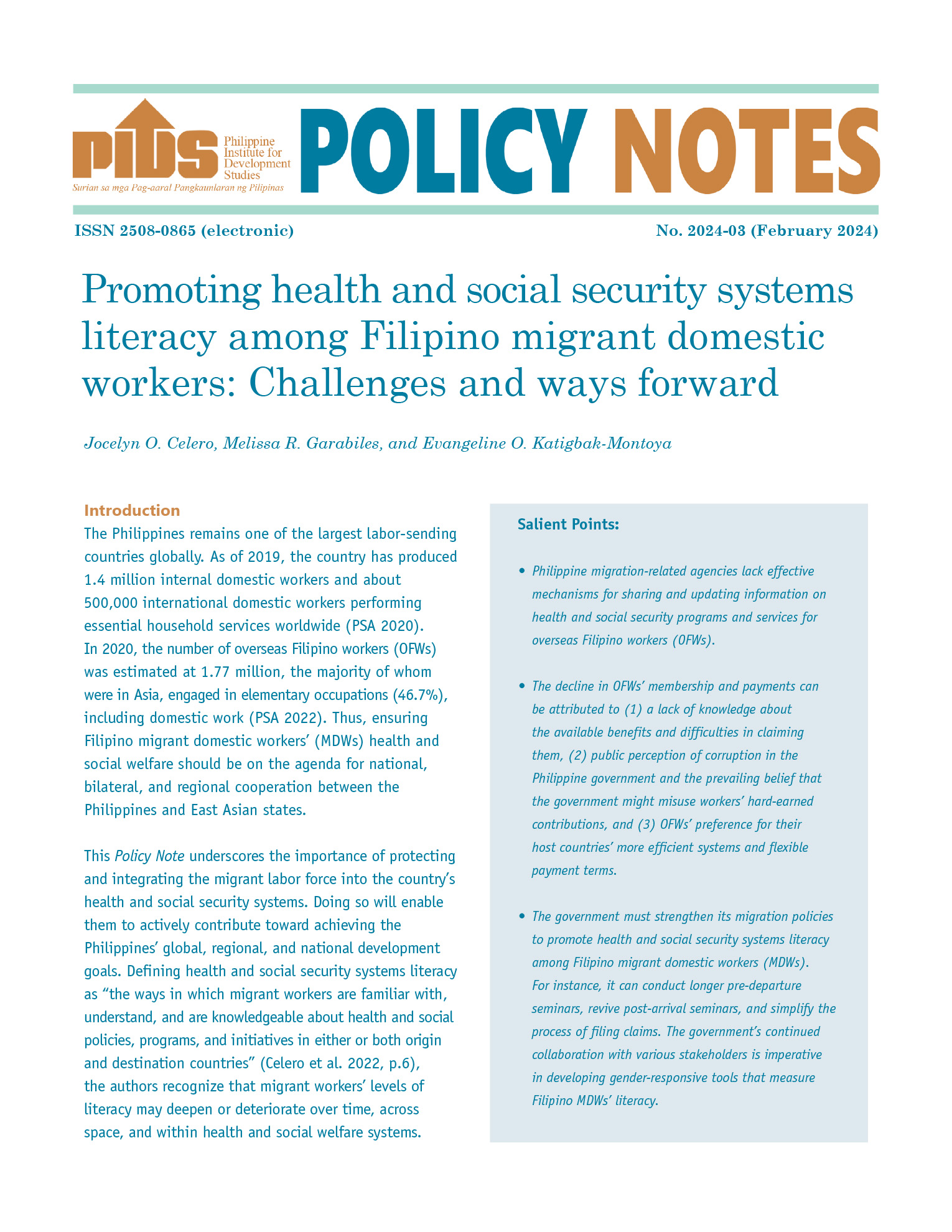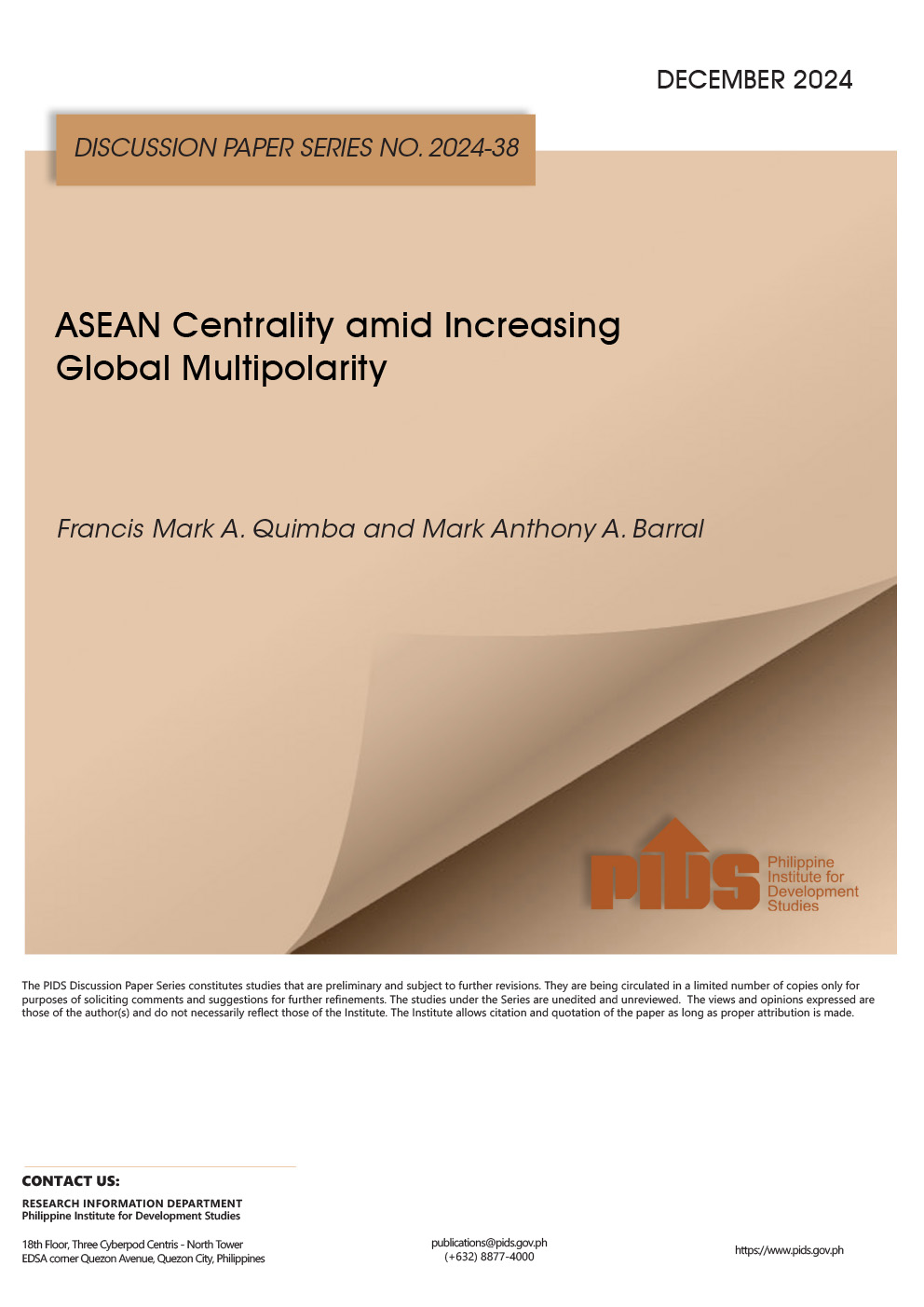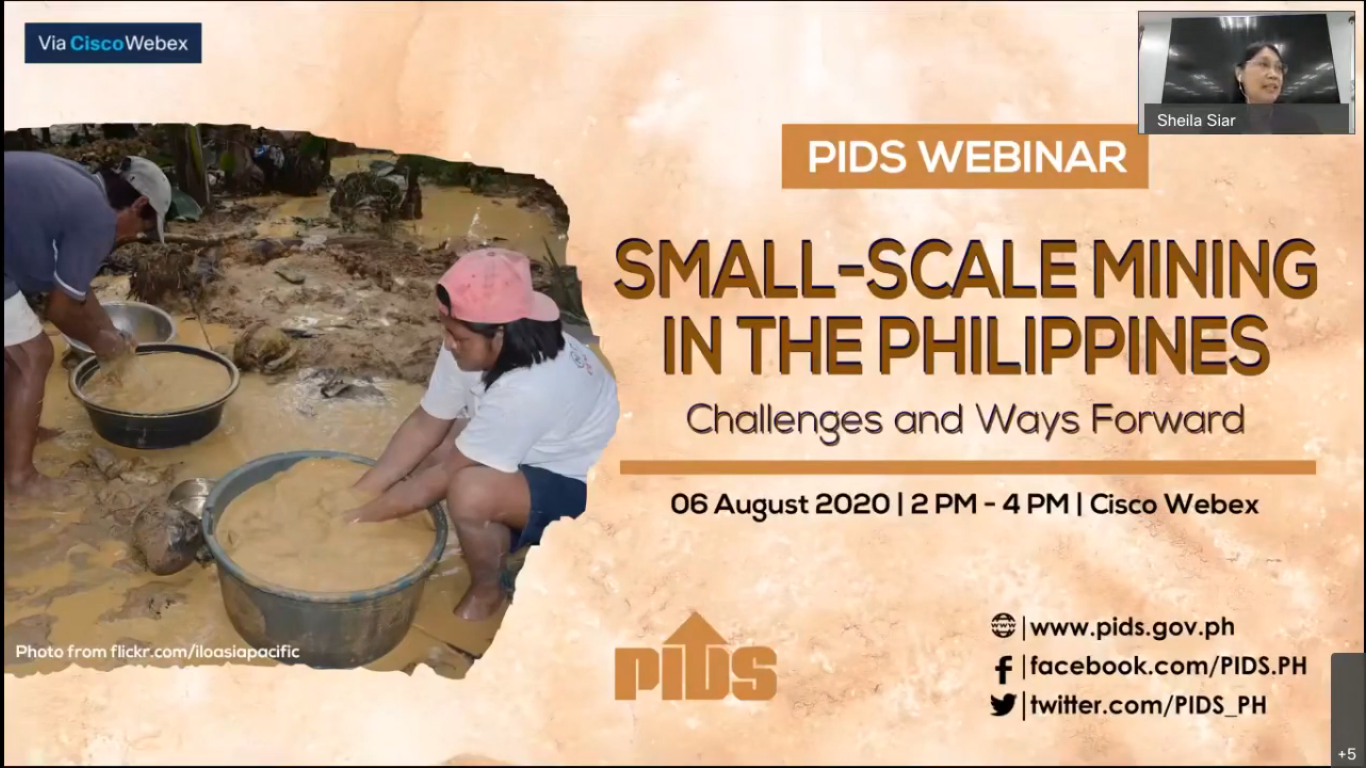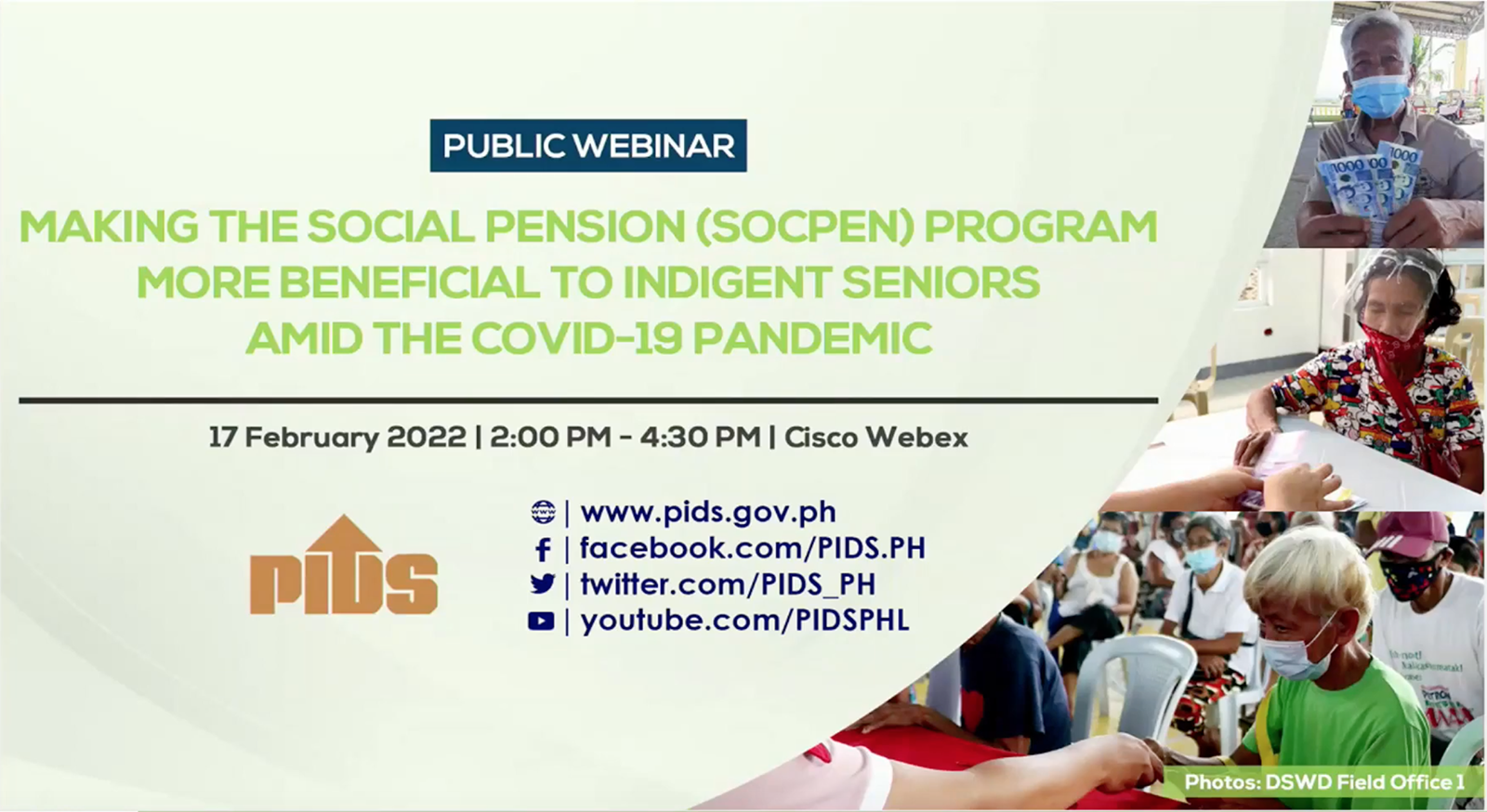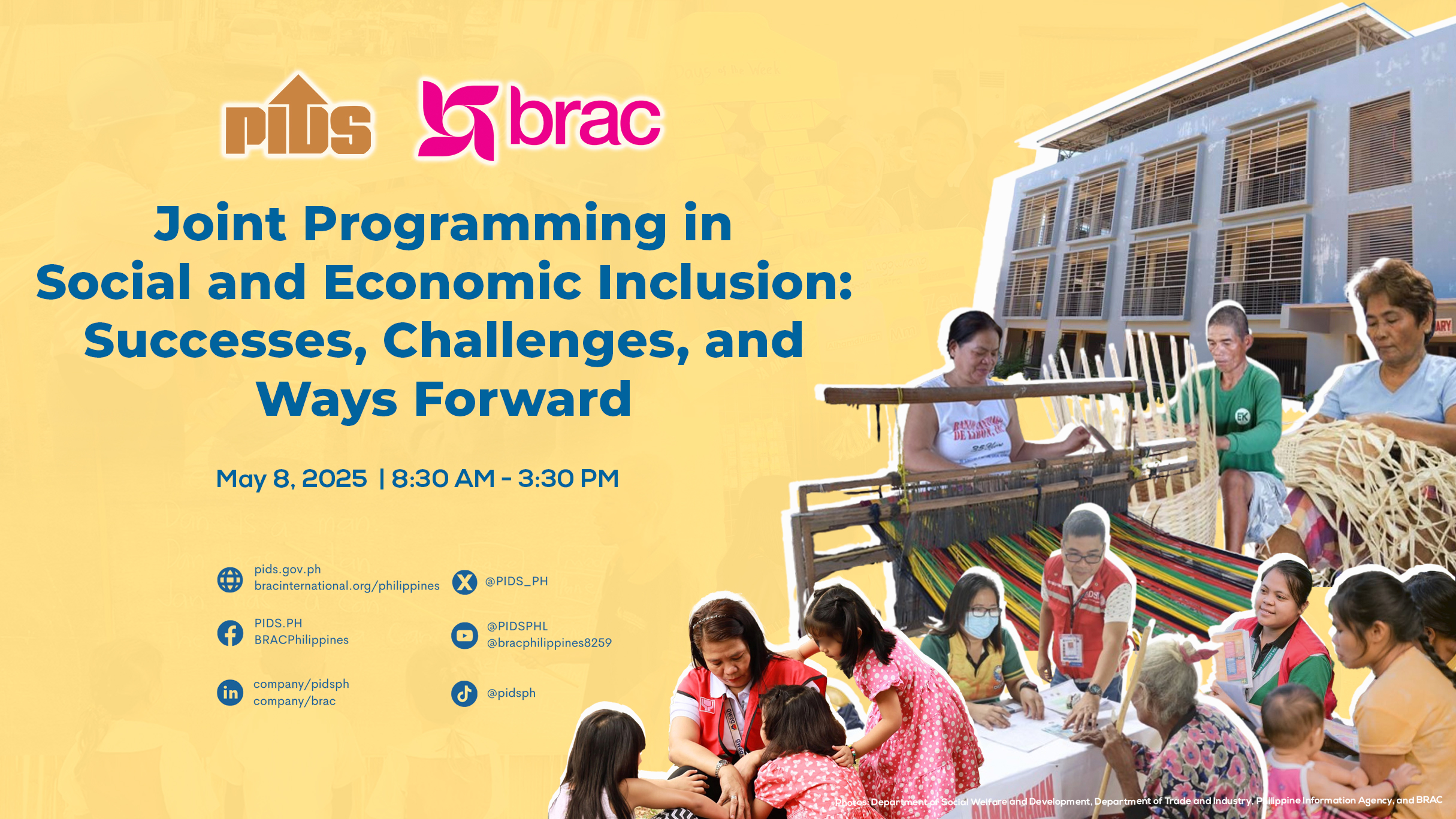AS we rejoice with the approaching Christmas season of bonuses and merry-making, expect a monstrous traffic nightmare with more people swarming the big city for shopping, coupled by the pressures from expected sales of 370,000 units of four-wheeled vehicles this year.
Unless innovative solutions are implemented, there is no way traffic will improve much if we do the same palliative measures, like the stricter highway patrol group in charge of Edsa, clearing of sidewalks and parked cars, less corrupt traffic enforcers, etc., although they may help a bit.
No one sees the elephant in the room? It is ironic that nobody seems to see the proverbial “big elephant” in the middle of the room, even our so-called experts and planners from National Economic and Development Authority’s Philippine Institute of Development Studies (PIDS) could not see the problem in broad daylight and even blame the traffic on the buses.
Even the Department of Transportation (DOTr) got Secretary Arthur P. Tugade to ban a few months back public autonomous underwater vehicle (AUV) Express vans on Edsa, only to retract his order. When this happened, commuters like my daughter got stranded almost an hour longer than usual.
In contrast, ordinary drivers exposed to the stark reality on the streets see more problem. They see the sheer volume of cars as their competitors for road space and the main culprit behind the traffic. Even DOTr’s studies say private cars carry an average of only 1.2 passengers per car and account for 80 percent of total vehicles on major roads.
Buses with five seats to a row carry about 60 seated passengers, and 20 more jam-packed along the aisles. This means one bus is equivalent to over 50 cars of road space, or even more owing to the space intervals in-between cars. AUV vans carry at least 20 passengers.
Neither the railways and Rapid Bus Transit (RBT) systems, which take years to build, nor Tugade’s request for emergency powers, will help solve traffic immediately.
Cut car volume by 50% on rush hours.So why not apply simple principles on spatial management to solve the traffic that is costing P2.4 billion a day in losses, according to a Japan International Cooperation Agency study. Solution No. 1 is imposing an odd-even scheme, only during rush hours, say from 6 to 8 a.m. for plates ending in odd numbers, and 8 to 10 a.m. for even plates. The same goes in the evening rush. In either period, only half of cars are on the road with the other half in the succeeding period. This must be applied only to private cars, while public transport be exempted over public roads in compliance with constitutional principles of giving priority to the general welfare.
‘Standing policy’ for buses. Solution No. 2 is to remove bus seats only for Metro Manila, but keep a few for elderly, handicapped and pregnant women. With this literal “standing policy” more passengers served from the original 60 seated, based on five seats to a row, plus about 20 standing along the aisles, to over 100 to 120 passengers.
If Metro Rail Transit (MRT) and Light Rail Transit passengers are made to stand, why not bus passengers. If Singapore with its smaller population makes its bus passengers stand, why not do the same here. Wider aisles will allow faster unloading and loading, and lesser time at bus stops, which means lesser traffic buildups, faster and more turnovers owing to time savings by 20 percent or more. This also encourages car owners banned at the odd-even hours to take the bus.
Distribute trucks over 24 hours. The truck ban aimed to ease traffic has actually done more harm. For one, it is causing more traffic owing to their massive build up at the outskirts of the city while the ban is in place, but suddenly flood in mass when the ban is lifted.
Secondly, the truck ban is antibusiness and penalizes the entire economy as flow of goods is constricted, thus affecting supply and prices. There are over 400,000 registered trucks nationwide, the bulk of which pass through Metro Manila.
Solution No. 3, therefore, is to lift the truck ban, but program and spread out truck deliveries over 24 hours. After all, deliveries at night will not matter to international trade. Incentives and penalties can be adopted to implement this.
More U-turns. Many traffic buildups happen around u-turn slots as a one-lane or two-lane slot is suddenly choked in a bottleneck by three to four lines of vehicles, thus causing traffic jams behind them. Solution No. 4 again applies the same spatial management principle of distributing volume to avoid clogging and bottlenecks. Construction of more U-turn slots can be done at night. Fewer MRT stops on rush hours. On the same principle of increasing riding capacity, given the same limited number of coaches through faster turnovers, my friend Dave Garcia says this can be done by limiting the MRT stops only during rush hours. MRT stops can be reduced to three or four from North to Pasay South in the morning rush, and vice-versa South to North in the early evening rush, but allowing train passengers to commute backward in the opposite direction, where traffic is lighter, until they reach their intended destinations. The aim is to allow faster turnarounds to avoid the one-way buildup of commuters, whose resulting long queues spill over for a mad scramble for bus rides on Edsa. Many may complain to the adjustments and feel deprived, but this Solution No. 5 can easily be done through a simple management decision. Slap high car parking fees. Another measure, which may not be immediate as it may entail local legislation, although commercial establishments can be encouraged to immediately make unilateral decisions, is increasing massively car parking fees at least this Christmas season.
Car-park fees are the most effective form of road congestion pricing. They can discourage motorists from bringing their cars. Singapore alone collects about $6 billion in car-park fees, which can also be done here. Finance Secretary Carlos G. Dominguez III can consider this as a revenue measure that does not affect the poor.
And because public roads were built by public funds from people’s money, priority must be given to public transport, not cars, which must be made to pay fat parking fees. With lesser cars on the road, more buses will be needed, contrary to the recommendation of experts. All bus colorums can even be legalized and thus stop the corruption on them.//
E-mail: mikealunan@yahoo.com
Unless innovative solutions are implemented, there is no way traffic will improve much if we do the same palliative measures, like the stricter highway patrol group in charge of Edsa, clearing of sidewalks and parked cars, less corrupt traffic enforcers, etc., although they may help a bit.
No one sees the elephant in the room? It is ironic that nobody seems to see the proverbial “big elephant” in the middle of the room, even our so-called experts and planners from National Economic and Development Authority’s Philippine Institute of Development Studies (PIDS) could not see the problem in broad daylight and even blame the traffic on the buses.
Even the Department of Transportation (DOTr) got Secretary Arthur P. Tugade to ban a few months back public autonomous underwater vehicle (AUV) Express vans on Edsa, only to retract his order. When this happened, commuters like my daughter got stranded almost an hour longer than usual.
In contrast, ordinary drivers exposed to the stark reality on the streets see more problem. They see the sheer volume of cars as their competitors for road space and the main culprit behind the traffic. Even DOTr’s studies say private cars carry an average of only 1.2 passengers per car and account for 80 percent of total vehicles on major roads.
Buses with five seats to a row carry about 60 seated passengers, and 20 more jam-packed along the aisles. This means one bus is equivalent to over 50 cars of road space, or even more owing to the space intervals in-between cars. AUV vans carry at least 20 passengers.
Neither the railways and Rapid Bus Transit (RBT) systems, which take years to build, nor Tugade’s request for emergency powers, will help solve traffic immediately.
Cut car volume by 50% on rush hours.So why not apply simple principles on spatial management to solve the traffic that is costing P2.4 billion a day in losses, according to a Japan International Cooperation Agency study. Solution No. 1 is imposing an odd-even scheme, only during rush hours, say from 6 to 8 a.m. for plates ending in odd numbers, and 8 to 10 a.m. for even plates. The same goes in the evening rush. In either period, only half of cars are on the road with the other half in the succeeding period. This must be applied only to private cars, while public transport be exempted over public roads in compliance with constitutional principles of giving priority to the general welfare.
‘Standing policy’ for buses. Solution No. 2 is to remove bus seats only for Metro Manila, but keep a few for elderly, handicapped and pregnant women. With this literal “standing policy” more passengers served from the original 60 seated, based on five seats to a row, plus about 20 standing along the aisles, to over 100 to 120 passengers.
If Metro Rail Transit (MRT) and Light Rail Transit passengers are made to stand, why not bus passengers. If Singapore with its smaller population makes its bus passengers stand, why not do the same here. Wider aisles will allow faster unloading and loading, and lesser time at bus stops, which means lesser traffic buildups, faster and more turnovers owing to time savings by 20 percent or more. This also encourages car owners banned at the odd-even hours to take the bus.
Distribute trucks over 24 hours. The truck ban aimed to ease traffic has actually done more harm. For one, it is causing more traffic owing to their massive build up at the outskirts of the city while the ban is in place, but suddenly flood in mass when the ban is lifted.
Secondly, the truck ban is antibusiness and penalizes the entire economy as flow of goods is constricted, thus affecting supply and prices. There are over 400,000 registered trucks nationwide, the bulk of which pass through Metro Manila.
Solution No. 3, therefore, is to lift the truck ban, but program and spread out truck deliveries over 24 hours. After all, deliveries at night will not matter to international trade. Incentives and penalties can be adopted to implement this.
More U-turns. Many traffic buildups happen around u-turn slots as a one-lane or two-lane slot is suddenly choked in a bottleneck by three to four lines of vehicles, thus causing traffic jams behind them. Solution No. 4 again applies the same spatial management principle of distributing volume to avoid clogging and bottlenecks. Construction of more U-turn slots can be done at night. Fewer MRT stops on rush hours. On the same principle of increasing riding capacity, given the same limited number of coaches through faster turnovers, my friend Dave Garcia says this can be done by limiting the MRT stops only during rush hours. MRT stops can be reduced to three or four from North to Pasay South in the morning rush, and vice-versa South to North in the early evening rush, but allowing train passengers to commute backward in the opposite direction, where traffic is lighter, until they reach their intended destinations. The aim is to allow faster turnarounds to avoid the one-way buildup of commuters, whose resulting long queues spill over for a mad scramble for bus rides on Edsa. Many may complain to the adjustments and feel deprived, but this Solution No. 5 can easily be done through a simple management decision. Slap high car parking fees. Another measure, which may not be immediate as it may entail local legislation, although commercial establishments can be encouraged to immediately make unilateral decisions, is increasing massively car parking fees at least this Christmas season.
Car-park fees are the most effective form of road congestion pricing. They can discourage motorists from bringing their cars. Singapore alone collects about $6 billion in car-park fees, which can also be done here. Finance Secretary Carlos G. Dominguez III can consider this as a revenue measure that does not affect the poor.
And because public roads were built by public funds from people’s money, priority must be given to public transport, not cars, which must be made to pay fat parking fees. With lesser cars on the road, more buses will be needed, contrary to the recommendation of experts. All bus colorums can even be legalized and thus stop the corruption on them.//
E-mail: mikealunan@yahoo.com

